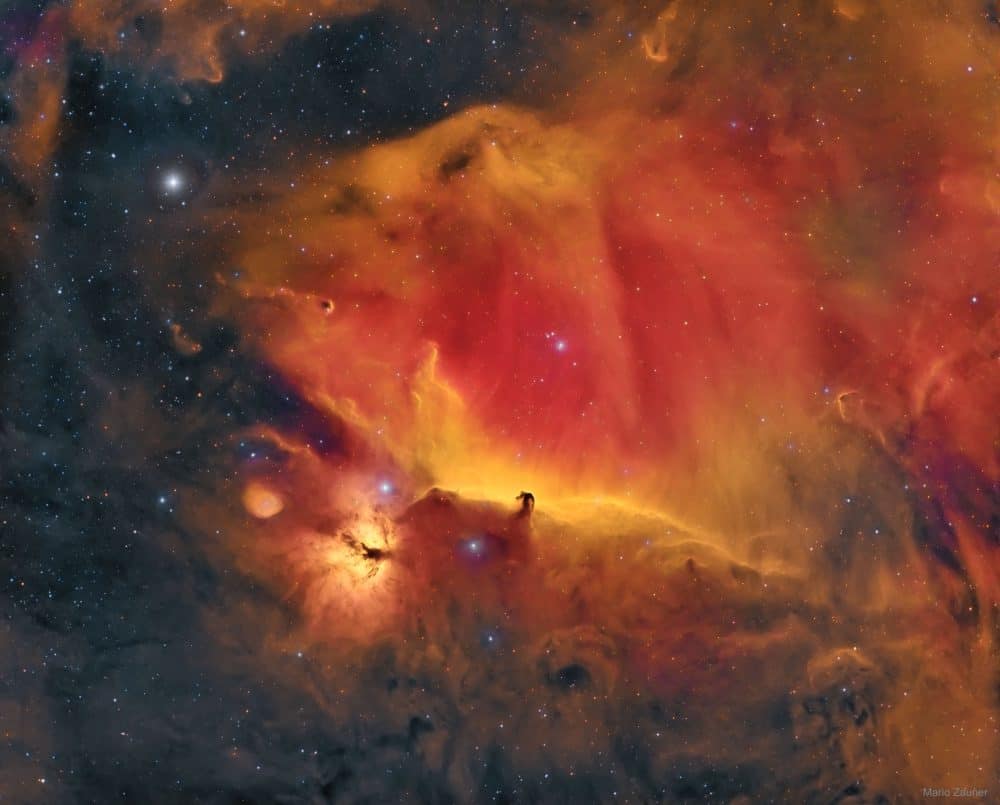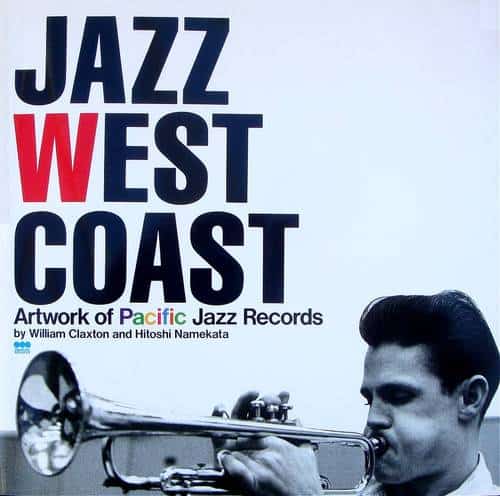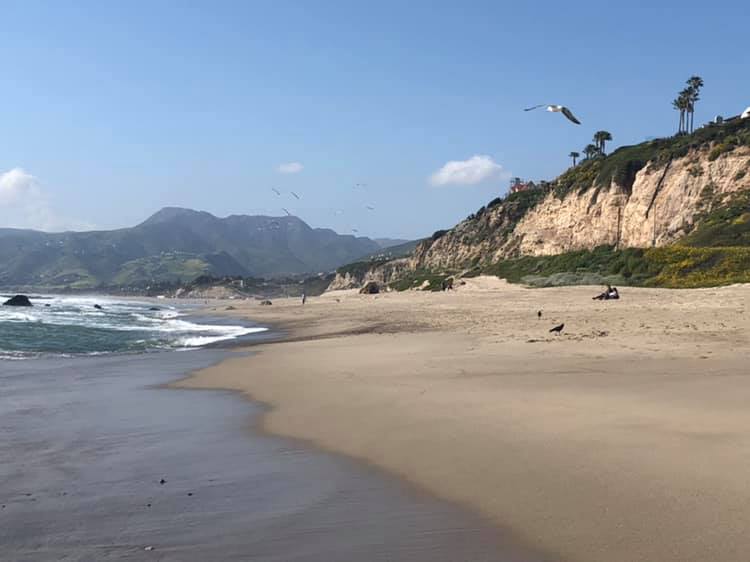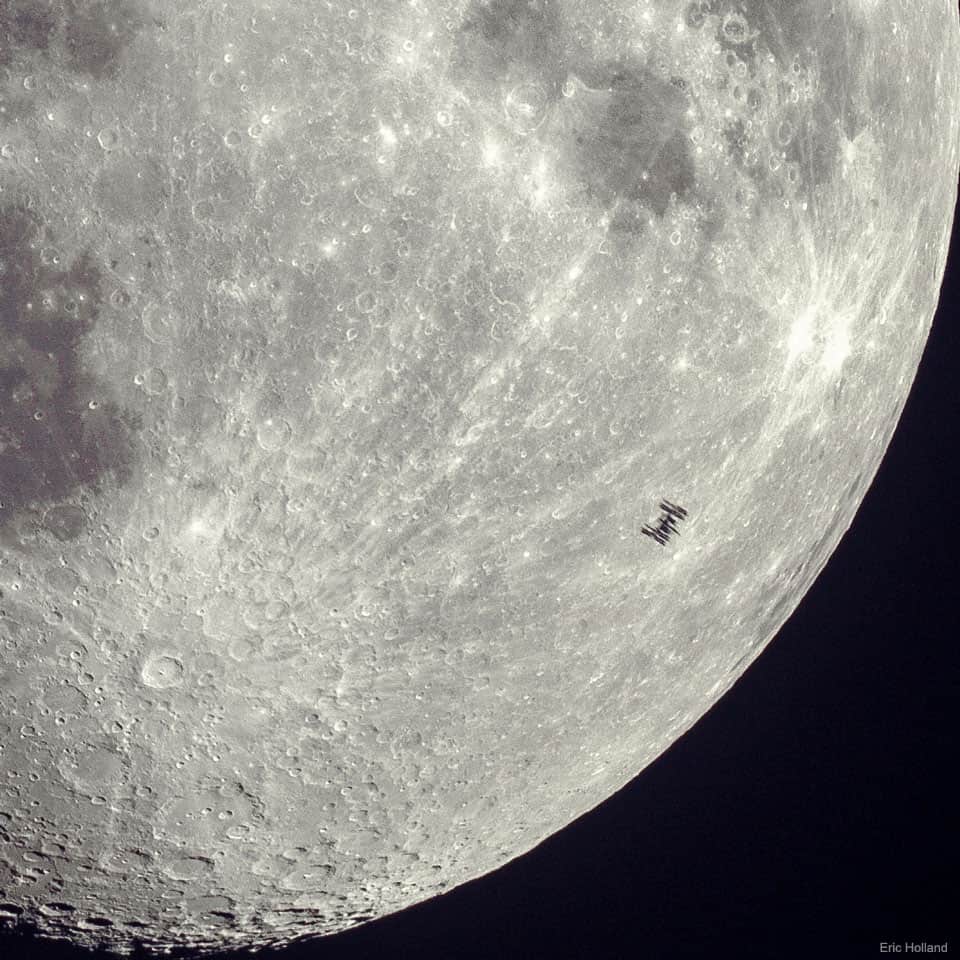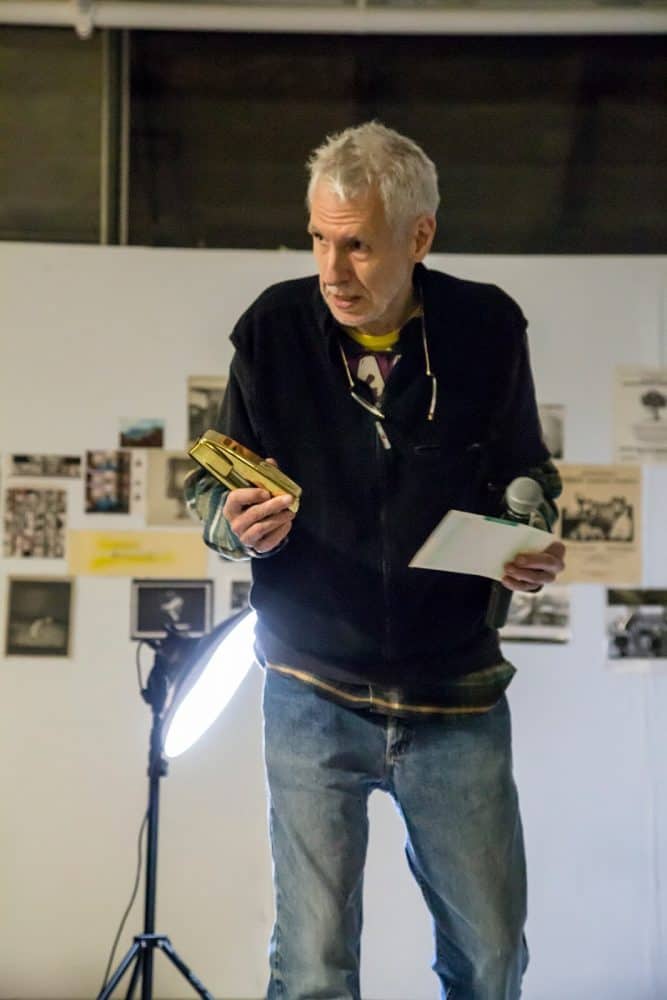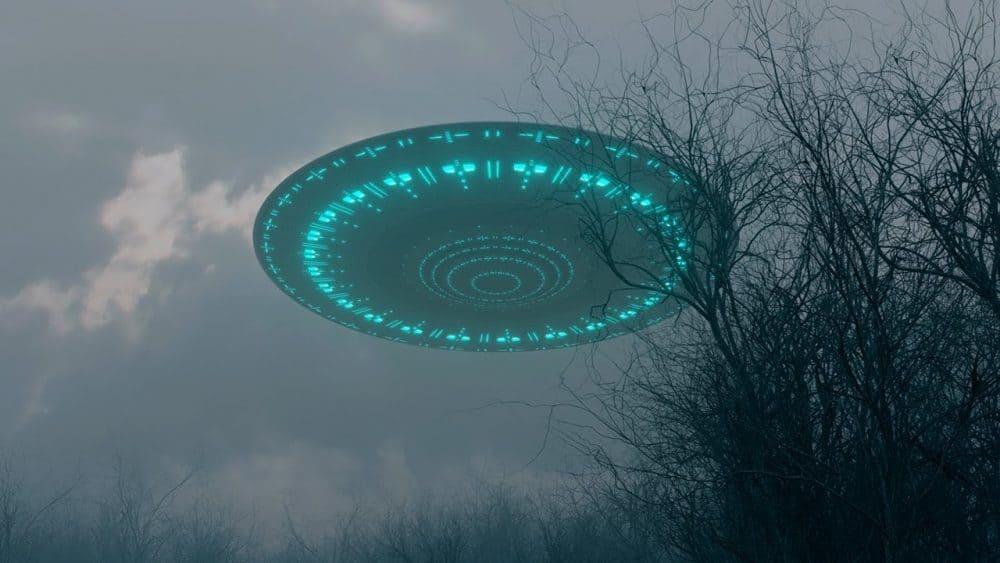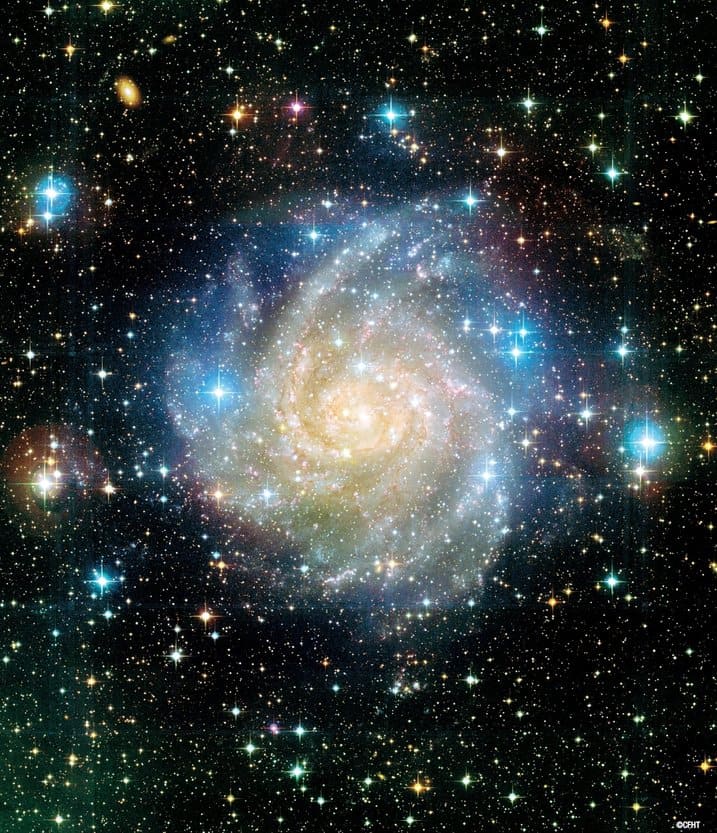Blog
McKinley Morganfield (April 4, 1913 – April 30, 1983), known professionally as Muddy Waters, was an American blues singer-songwriter and musician who is often cited as the “father of modern Chicago blues“, and an important figure on the post-war blues scene.
Muddy Waters grew up on Stovall Plantation near Clarksdale, Mississippi, and by age 17 was playing the guitar and the harmonica, emulating the local blues artists Son House and Robert Johnson. He was recorded in Mississippi by Alan Lomax for the Library of Congress in 1941. In 1943, he moved to Chicago to become a full-time professional musician. In 1946, he recorded his first records for Columbia Records and then for Aristocrat Records, a newly formed label run by the brothers Leonard and Phil Chess.
In the early 1950s, Muddy Waters and his band—Little Walter Jacobs on harmonica, Jimmy Rogers on guitar, Elga Edmonds (also known as Elgin Evans) on drums and Otis Spann on piano—recorded several blues classics, some with the bassist and songwriter Willie Dixon. These songs included “Hoochie Coochie Man“, “I Just Want to Make Love to You” and “I’m Ready“. In 1958, he traveled to England, laying the foundations of the resurgence of interest in the blues there. His performance at the Newport Jazz Festival in 1960 was recorded and released as his first live album, At Newport 1960.
Muddy Waters’ influence is incalculable, on blues as well as other American idioms—such as Rock and roll and Rock music.
Muddy Waters’ birthplace and date are not conclusively known. He stated that he was born in Rolling Fork, Mississippi, in 1915, but other evidence suggests that he was born in Jug’s Corner, in neighboring Issaquena County, in 1913.In the 1930s and 1940s, before his rise to fame, the year of his birth was reported as 1913 on his marriage license, recording notes, and musicians’ union card. A 1955 interview in the Chicago Defender is the earliest in which he stated 1915 as the year of his birth, and he continued to say this in interviews from that point onward. The 1920 census lists him as five years old as of March 6, 1920, suggesting that his birth year may have been 1914. The Social Security Death Index, relying on the Social Security card application submitted after his move to Chicago in the mid-1940s, lists him as being born April 4, 1913. His gravestone gives his birth year as 1915.
more...The famous Horsehead Nebula in Orion is not alone. A deep exposure shows that the dark familiar shaped indentation, visible just below center, is part of a vast complex of absorbing dust and glowing gas. To bring out details of the Horsehead’s pasture, an amateur astronomer used a backyard telescope in Austria to accumulate and artistically combine 7.5 hours of images in the light of Hydrogen (red), Oxygen (green), and Sulfur (blue). The resulting spectacular picture details an intricate tapestry of gaseous wisps and dust-laden filaments that were created and sculpted over eons by stellar winds and ancient supernovas. The Flame Nebula is visible just to the left of the Horsehead, while the bright star on the upper left is Alnilam, the central star in Orion’s Belt. The Horsehead Nebula lies 1,500 light years distant towards the constellation of Orion.
more...Harold Vick (April 3, 1936 – November 13, 1987) was an American hard bop and soul jazz saxophonist and flautist.
Harold Vick was born on April 3, 1936 in Rocky Mount, North Carolina. At the age of 13 he was given a clarinet by his uncle, Prince Robinson,[1] a clarinet and tenor saxophone player who had been a member of McKinney’s Cotton Pickers. Three years later he took up the tenor saxophone, and soon began playing in R&B bands. He continued to perform, still largely with R&B bands, while studying psychology at Howard University.
Steppin’ Out!, Vick’s first album as leader, was recorded for Blue Note in 1963. After a 1965 performance at Carnegie Hall with Donald Byrd, Vick secured a contract for further albums as leader, and from 1966 to 1974 he had further recording sessions for the RCA, Muse, and Strata-East labels.
https://www.youtube.com/watch?v=_JQlKNwqJJA
more...Rocco Scott LaFaro (April 3, 1936 – July 6, 1961) was an American jazz double bassist known for his work with the Bill Evans Trio.
Beginning in 1955, he was a member of the Buddy Morrow big band. He left that organization to work in Los Angeles. LaFaro spent most of his days practicing his instrument. He practiced with a clarinet book to improve his facility. Bassist Red Mitchell taught him how to pluck strings with both the index and middle fingers independently. For much of 1958 he was with Victor Feldman‘s band.
In 1959, after working with Chet Baker, Stan Kenton, Cal Tjader, and Benny Goodman, LaFaro returned to the east and joined Bill Evans, who had recently left the Miles Davis Sextet. With Evans and drummer Paul Motian he developed the counter-melodic style that would come to characterize his playing. Evans, LaFaro, and Motian were committed to the idea of three equal voices in the trio, working together for a singular musical idea often without the time stated.
By late 1960, LaFaro was in demand as a bassist. He replaced Charlie Haden as Ornette Coleman‘s bassist in January 1961. For a time, Haden and LaFaro shared an apartment. He also played in Stan Getz’s band between jobs with the Bill Evans trio. Around this time he received a greeting card from Miles Davis suggesting that Davis wanted to hire him.
In June 1961, the Bill Evans trio began two weeks of performances at the Village Vanguard in New York City. The trio attracted attention for its style. The last day was recorded for two albums, Sunday at the Village Vanguard and Waltz for Debby.
more...James Harrell McGriff (April 3, 1936 – May 24, 2008) was an American hard bop and soul-jazz organist and organ trio bandleader.
Born in Germantown, Pennsylvania, McGriff started playing piano at the age of five and by his teens had also learned to play vibes, alto sax, drums and upright bass. His first group was as bassist in a piano trio. When he joined the United States Army, McGriff served as a military policeman during the Korean War. He later became a police officer in Philadelphia for two years.
Music kept drawing McGriff’s attention away from the police force. His childhood friend, organist Jimmy Smith, had begun earning a substantial reputation in jazz for his Blue Note albums (the two played together once in 1967) and McGriff became entranced by the organ sound while Richard “Groove” Holmes played at his sister’s wedding. Holmes went on to become McGriff’s teacher and friend and they recorded together on two occasions in 1973 for two Groove Merchant records.
McGriff bought his first Hammond B-3 organ in 1956, spent six months learning the instrument, then studied at New York’s Juilliard School. He also studied privately with Milt Buckner, Jimmy Smith, and Sonny Gatewood. He was influenced by the energy and dynamics of organist Buckner and the diplomatic aplomb of Count Basie, and by local organists such as Howard “The Demon” Whaley and Austin Mitchell.
more...I forgot how important Jazz is on the West Coast; an institution!
https://kkjz.org/programming/listen/stream/
Finally made it to Point Dume State Beach west of Malibu, funky & laid back; had to traffic through 101 N & down beautiful Topanga Canyon from Universal City whewwwww
more...What’s that unusual spot on the Moon? It’s the International Space Station. Using precise timing, the Earth-orbiting space platform was photographed in front of a partially lit gibbous Moon last month. The featured image was taken from Palo Alto, California, USA with an exposure time of only 1/667 of a second. In contrast, the duration of the transit of the ISS across the entire Moon was about half a second. A close inspection of this unusually crisp ISS silhouette will reveal the outlines of numerous solar panels and trusses. The bright crater Tycho is visible on the lower left, as well as comparatively rough, light colored terrain known as highlands, and relatively smooth, dark colored areas known as maria. On-line tools can tell you when the International Space Station will be visible from your area.
more...Larry Coryell (born Lorenz Albert Van DeLinder III; April 2, 1943 – February 19, 2017) was an American jazz guitarist known as the “Godfather of Fusion“.
In September 1965, Coryell moved to New York City, where he attended Mannes School of Music. After moving to New York, he listened to classical composers such as Bartók, Debussy, Ravel, Stravinsky, and Shostakovich.
He replaced guitarist Gábor Szabó in Chico Hamilton‘s quintet. In 1967–68, he recorded with Gary Burton. During the mid-1960s he played with the Free Spirits, his first recorded band. His music during the late-1960s and early-1970s combined rock, jazz, and eastern music.
He married three times during his life. First to writer-actress Julie Nathanson, daughter of actress Carol Bruce. She appeared on the cover of his albums, Lady Coryell, Larry Coryell at the Village Gate, and The Lion and the Ram and wrote the book Jazz-Rock Fusion based on interviews with musicians such as Chick Corea and John McLaughlin. She sang on one track on Coryell’s 1984 album Comin’ Home. The couple divorced in 1985. She died in 2009. Larry’s second marriage was to Mary (Molly) Schuler from Connecticut in 1988. The couple divorced in 2005. Larry’s widow is Tracey Coryell. They were married in Orlando Florida in 2007. Tracey is a singer/songwriter/performer who appeared on Larry’s “Laid, Back & Blues” recording in 2006 on Rhombus Records. Larry recorded one of Tracey’s compositions, “First Day of Autumn” on his album “The Lift “ in 2013 on Wide Hive Records.
In the Seventies, he led the group Foreplay with Mike Mandel, a friend since childhood, although the albums of this period, Barefoot Boy, Offering, and The Real Great Escape, were credited only to “Larry Coryell.” He formed The Eleventh House in 1973. Several of the group’s albums included drummer Alphonse Mouzon.
more...Leon Russell (born Claude Russell Bridges; April 2, 1942 – November 13, 2016 Lawton, AK) was an American musician and songwriter who was involved with numerous bestselling pop musicrecords during his 60-year career. His genres included pop, country, rock, folk, gospel, bluegrass, rhythm and blues, folk rock, blues rock, surf, standards, and Tulsa Sound.
His collaborations rank as some of the most successful in music history, and as a touring musician he performed with hundreds of notable artists. He recorded 33 albums and at least 430 songs. He wrote “Delta Lady“, recorded by Joe Cocker, and organized and performed with Cocker’s Mad Dogs and Englishmen tour in 1970. His “A Song for You“, added to the Grammy Hall of Fame in 2018, has been recorded by more than 200 artists, and his “This Masquerade” by more than 75.
As a pianist, he played in his early years on albums by The Beach Boys, Dick Dale and Jan and Dean. On his first album, Leon Russell, in 1970, the musicians included Eric Clapton, Ringo Starr, and George Harrison. One of his biggest early fans, Elton John, said Russell was a “mentor” and an “inspiration”. They recorded their album The Union in 2010, which earned them a Grammy nomination.
Russell produced and played in recording sessions for, among others Bob Dylan, Frank Sinatra, Ike & Tina Turner, and The Rolling Stones. He wrote and recorded the hits “Tight Rope” and “Lady Blue“. He performed at The Concert for Bangladesh in 1971 along with Harrison, Dylan, and Clapton, for which he earned a Grammy Award.
His recordings earned six gold records. He received two Grammy awards from seven nominations. In 2011, he was inducted into both the Rock and Roll Hall of Fame and the Songwriters Hall of Fame.
more...Marvin Gaye (born Marvin Pentz Gay Jr.; April 2, 1939 – April 1, 1984 Washington DC) was an American singer, songwriter and record producer. Gaye helped to shape the sound of Motown in the 1960s, first as an in-house session player and later as a solo artist with a string of hits, including “Ain’t That Peculiar“, “How Sweet It Is (To Be Loved By You)” and “I Heard It Through the Grapevine“, and duet recordings with Mary Wells, Kim Weston, Diana Ross and Tammi Terrell, later earning the titles “Prince of Motown” and “Prince of Soul”.
During the 1970s, he recorded the albums What’s Going On and Let’s Get It On and became one of the first artists in Motown (joint with Stevie Wonder) to break away from the reins of a production company. His later recordings influenced several contemporary R&B subgenres, such as quiet storm and neo soul. Following a period in Europe as a tax exile in the early 1980s, he released the 1982 Grammy Award-winning hit “Sexual Healing” and its parent album Midnight Love.
On April 1, 1984, Gaye’s father, Marvin Gay Sr., fatally shot him at their house in the West Adams district of Los Angeles. Since his death, many institutions have posthumously bestowed Gaye with awards and other honors—including the Grammy Lifetime Achievement Award, the Rhythm and Blues Music Hall of Fame, the Songwriters Hall of Fame and the Rock and Roll Hall of Fame.
more...Booker Little Jr. (April 2, 1938 – October 5, 1961) was an American jazz trumpeter and composer. He appeared on recordings, both as side-man and as leader. Little was closely associated with Max Roach, but also performed with John Coltrane and Eric Dolphy and was strongly influenced by Sonny Rollins and Clifford Brown. He died at age 23.
With Dolphy, he co-led a residency at the Five Spot club in New York in June 1961, from which three albums were eventually issued by the Prestige label. It was during this stint that he began to show promise of expanding the expressive range of the “vernacular” bebop idiom which originated with Clifford Brown, his most obvious influence as a performer. He also appeared on Dolphy’s album Far Cry (New Jazz 8270), recorded on December 21, 1960.
more...Mauritanian griot singer
more...HARLAND SNODGRASS
10-26-41 to 3-31-19
Just found out my buddy and cohort in mischief passed away yesterday. I knew Harland as the partner of Kristina Larsson de Sacramento when I would accompany her doing Flamenco at the Loring. I knew Harland as a video guy and that at one time he was an artist extraordinaire!
And a former drum kit player. We always had a good laugh, glass of wine and checking out the lovely beauties strolling in and out of the Loring.
Harland also took some of the best pics of me and MOJO ROOTS, they are amazing. He took the photo that I have posted for my Judge Judy trip coming up tomorrow.
Harland you will be missed.
Have a great new adventure out there in the Universe!
Love You Bro!
For over 50 years Harland Snodgrass made art. He showed art. He taught art. Most never knew.
https://harlandsnodgrass.com
We present Harland as the multifaceted visual artist he is (not just “the video guy”). He found inspiration in such diverse areas as jazz, the treads of an automobile tire, #1 pencils, The Velvet Underground, neon tubing, banjos, James Rosenquist, funky drummers, Kawasaki motorcycles, geodesic domes, Schaefer beer, Andy Warhol or the rows and rows and rows of crops surrounding his farm in upstate New York. An artist of multiple talents and disciplines: filmmaker, painter, printmaker, draftsman, photographer, educator, designer of posters and T-shirts and oh yeah—a video artist—but most importantly a drummer. A shit-hot drummer.
Primarily spanning work from the 1960s and 1970s, with a few select pieces before and after these decades, Harland’s work presented in this site is a both a reflection and a celebration of the art of its (his) era. But never shackled to a single style nor movement. Never dull. Always expressive. It’s an explosion of visual treats. If you’ve got eyes, you better look.
An Alien Spacecraft was spotted in the Camden neighborhood of Minneapolis early this morning.
Aliens spotted mick taking out the trash and asked him if he needed a ride to see Judge Judy because several Airlines across the U.S. reported delays to departures early Monday, blaming a system fault.
https://www.nbcnews.com/…/aerodata-technical-glitch-causes-…
Could it be magnetic/radioactive interference from Alien Craft?
SPONSORED BY APRIL FOOLS PHENOMENON @ micklabriola.com
At 11 million light-years away, IC 342 is a close galaxy. It’s also a member of a loose group along with several others. IC 342 has a low surface brightness and lies in Camelopardalis, near the plane of the Milky Way in our sky. So it’s a little difficult for amateur astronomers to spot, despite its elegant form.
more...
More Posts
- Johnny “Big Moose” Walker
- R. D. Burman
- World Music A.G.A. Trio
- Daily Roots Eek-A-Mouse
- Eckart Tolle Quote
- John Lilly Wisdom
- Cosmos Sh2-106
- Larry “The Mole” Taylor
- Reggie Workman
- Dave Grusin
- World Music Toto Bissainthe
- Daily Roots Wesli
- Cosmos NGC 4372
- Carly Simon
- Joe Chambers
- Clifton Chenier
- Johnny Smith
- World Music Grupo Polo Montañez
- Daily Roots The Mighty Diamonds
- Cosmos RCW 7
